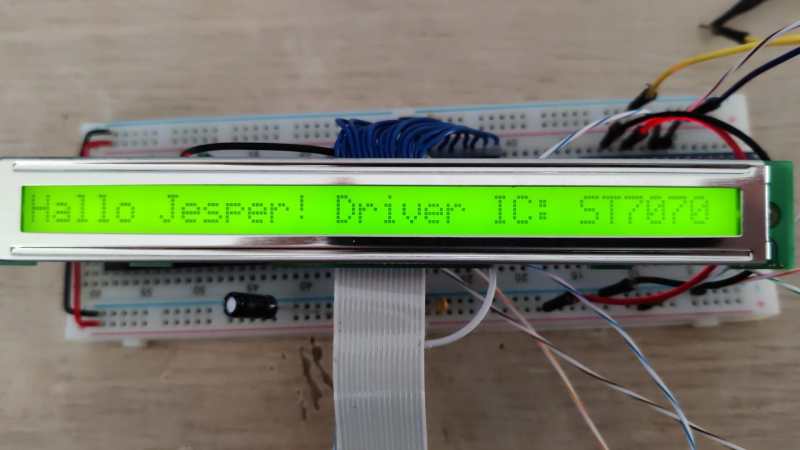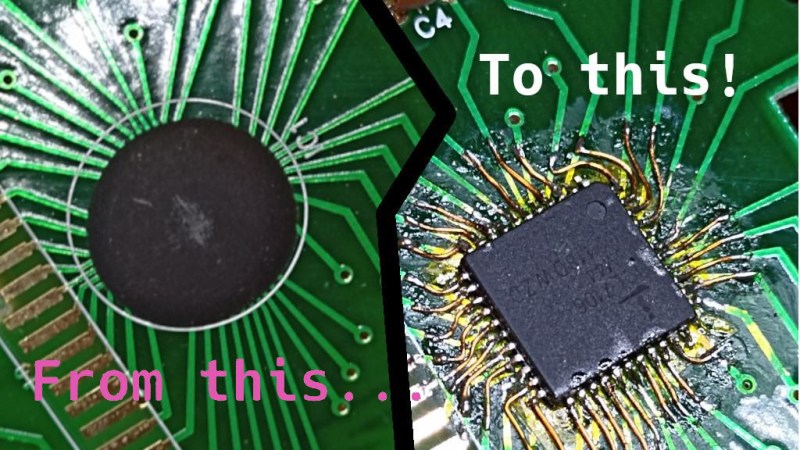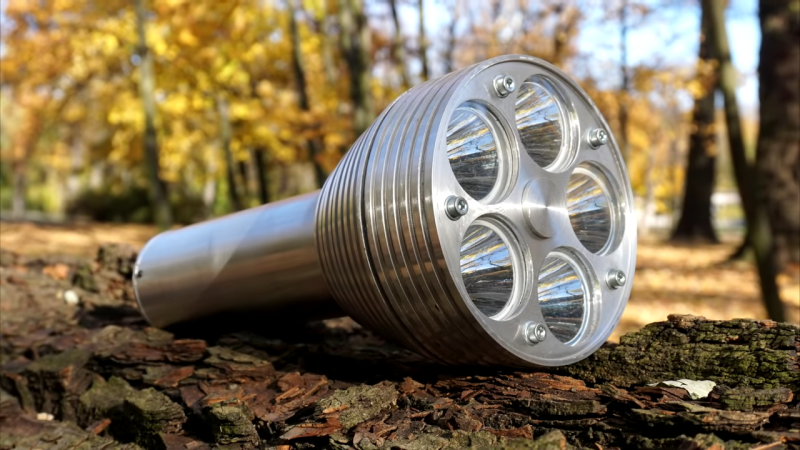Oddball LCDs Reverse Engineered Thanks to Good Detective Work

Is there anything more discouraging to the reverse engineer than to see a black blob of epoxy applied directly to a PCB? We think not, because that formless shape provides …read more Continue reading Oddball LCDs Reverse Engineered Thanks to Good Detective Work

